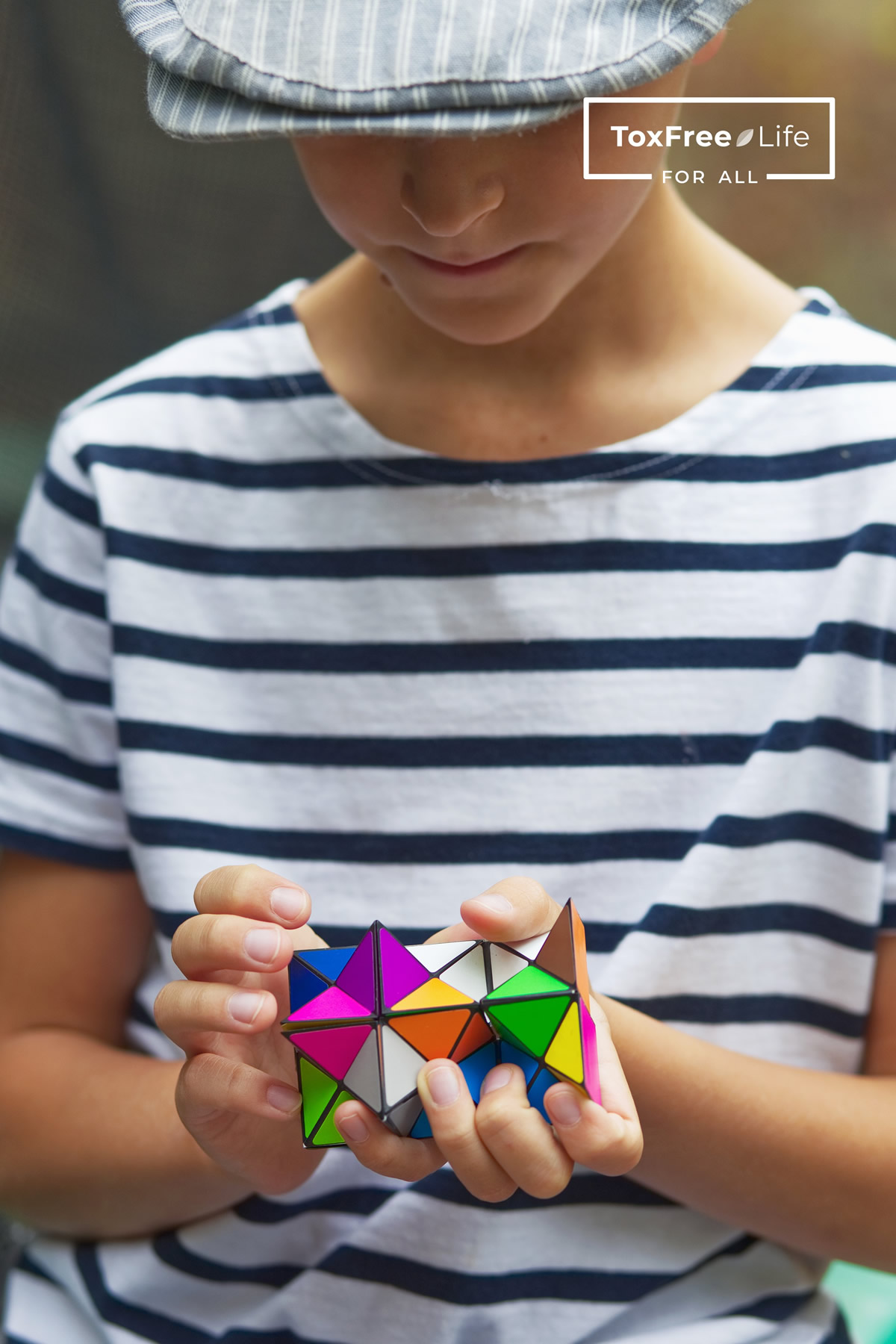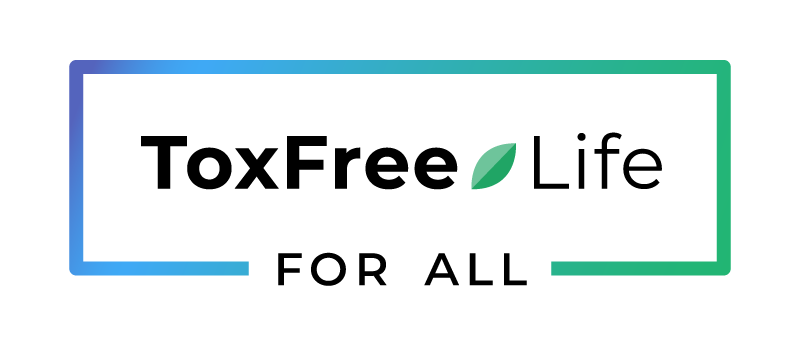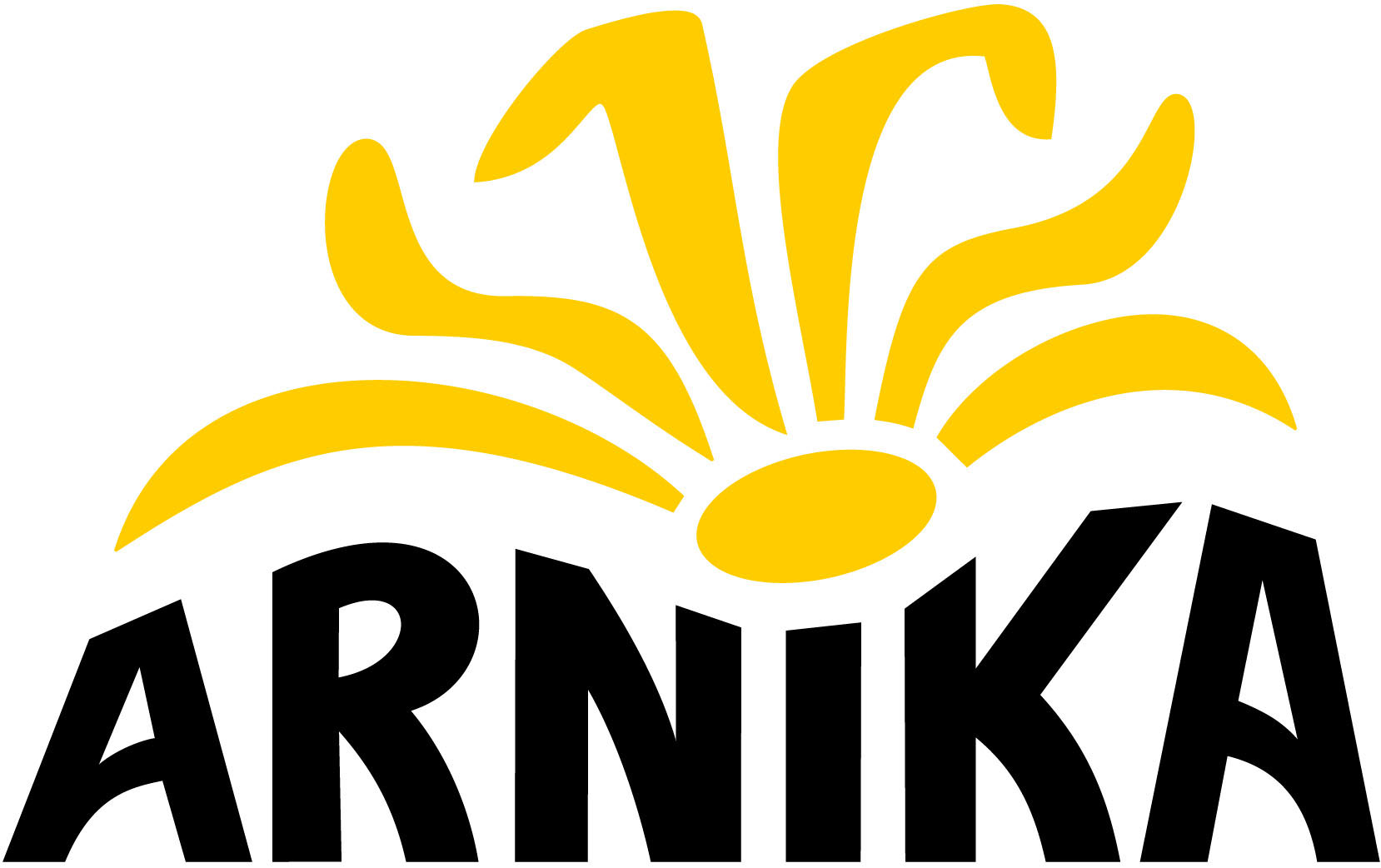
Hazardous substances have no place in our homes!
Sign the petition to help demand a ban on toxic substances in clothing, cosmetics, and furniture
Every day, we’re exposed to hidden dangers
Many items we use daily contain hazardous chemicals that threaten the health of both children and adults. Yet they remain legal.Currently, strict legal limits apply only to a few product categories. For example, many hazardous substances are already banned in toys. However, other everyday products are not as safe.
Clothing for dolls has stricter limits on toxic substances than clothing for small children. We also found bisphenols in underwear, especially women's. Similarly, bisphenols have been banned in baby bottles, but we have recently found them in pacifiers, including those marketed as “BPA-free.” And in tests of headphones, we have found a wide range of hazardous chemicals exposing children, teenagers, and young people to unnecessary risks.
Let’s change that together!
We call on European politicians:
Ban the most hazardous substances from consumer products during your mandate between 2024–2029. It is essential that the regulation of chemicals in a wide range of consumer goods is accelerated and tightened. Toxic substances must be banned in groups of similar chemical compositions and toxicity.
Sign the petition
The more signatures we collect, the more pressure we can put on politicians and manufacturers to take responsibility and stop using harmful substances.
Yesterday was already too late!

Why it matters
The majority of Europeans have high levels of toxic chemicals in their bodies, some of which even pass through the placenta from mother to unborn child.
A significant source of these chemicals is consumer products used in our daily lives. Some toxic chemicals, such as flame retardants and phthalates, are released from furniture and electronics and then accumulate in the dust and air inside our homes. This is how they enter our bodies, as well. We also ingest many of these substances through food and liquids, as a number of them are transferred from the environment into food and drinking water.
Although there are safer alternatives, companies are still not required to avoid toxic additives.
The toxic timeline: 6 months vs. 20 years
A new chemical can reach the market in as little as six months. But banning it, once it’s proven harmful, can take up to twenty years.
During this time, consumers are exposed to cocktails of new and potentially dangerous chemicals. These substances can cause irreversible brain disorders, infertility, cancer, and create hazardous waste that pollutes the air, water, and soil.
This imbalance between the speed of innovation and consumer protection is unsustainable and must be addressed urgently.
This call to action is part of the Life Programme (LIFE22-GIE-HU-ToxFree LIFE for All, 101114078) aiming at protecting the health of citizens from risks and impacts related to the exposure of harmful chemicals in everyday consumer products. It aims to support the transition towards a sustainable and toxic-free economy, society and environment by informing, empowering, and enabling consumers to choose products with less hazardous components, thus protecting themselves, the environment and signalling the necessity of change towards the market. The project will also mobilise citizens in the support of policy processes that aim for the prohibition of harmful substances.
The project is coordinated by the TVE (Tudatos Vásárlók Egyesülete, Hungary) in partnership with Arnika (Czechia), dTest (Czechia), VKI (Verein für Konsumenteninformation, Austria) and ZPS (Zveza Potrošnikov, Slovenia).

This project is funded by the European Union. Views and opinions expressed are however those of the author(s) only and do not necessarily reflect those of the European Union. Neither the European Union nor the granting authority can be held responsible for them.



